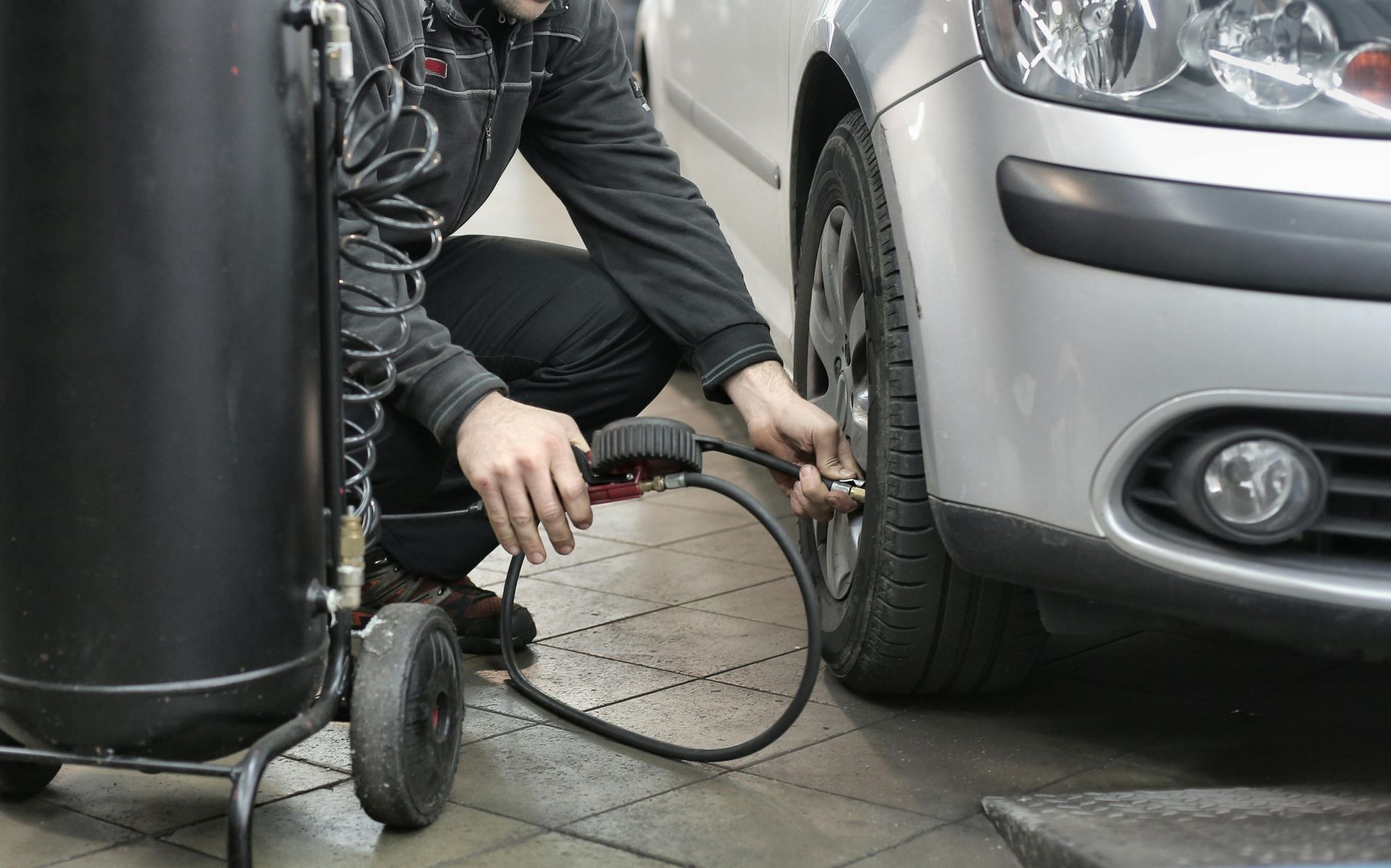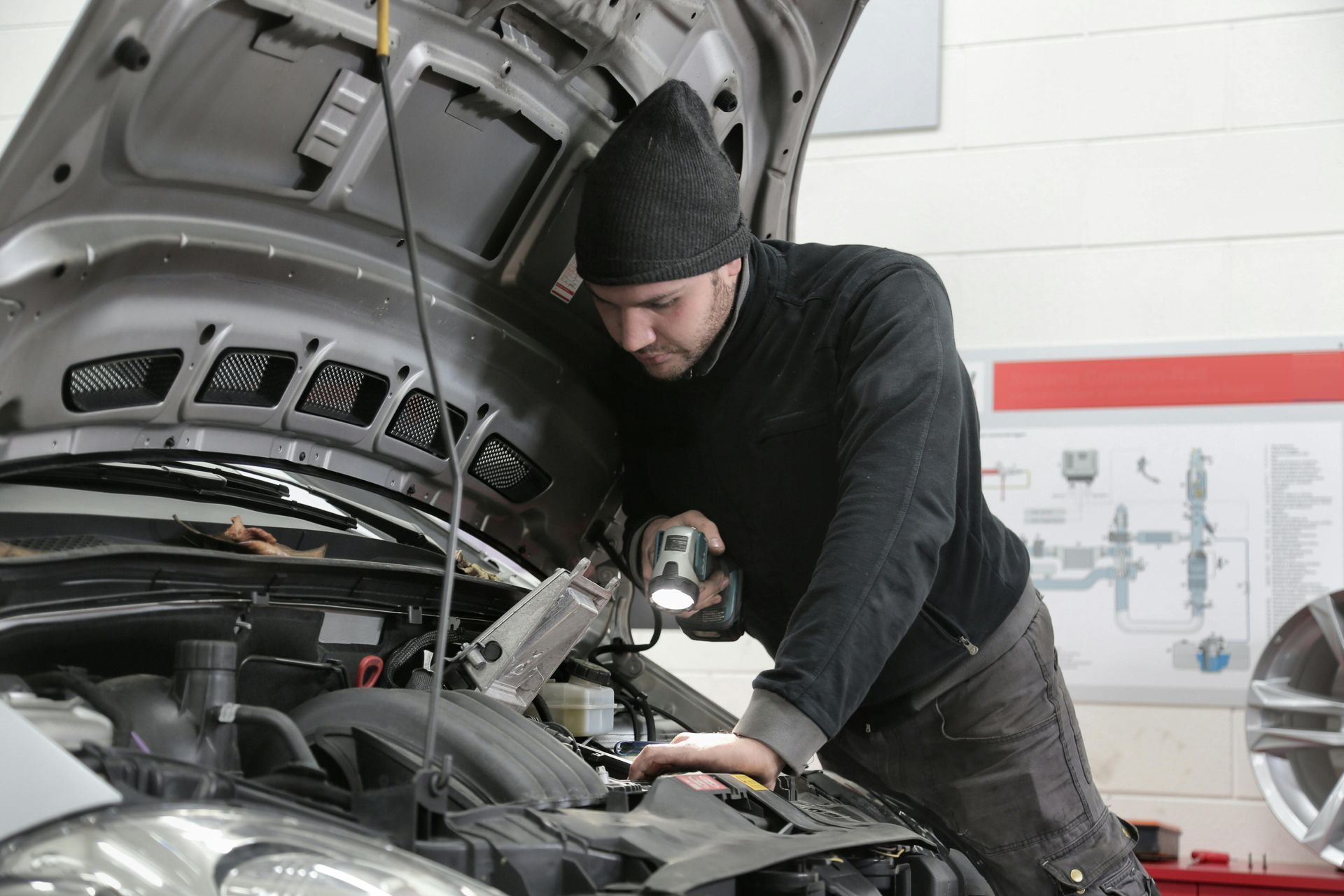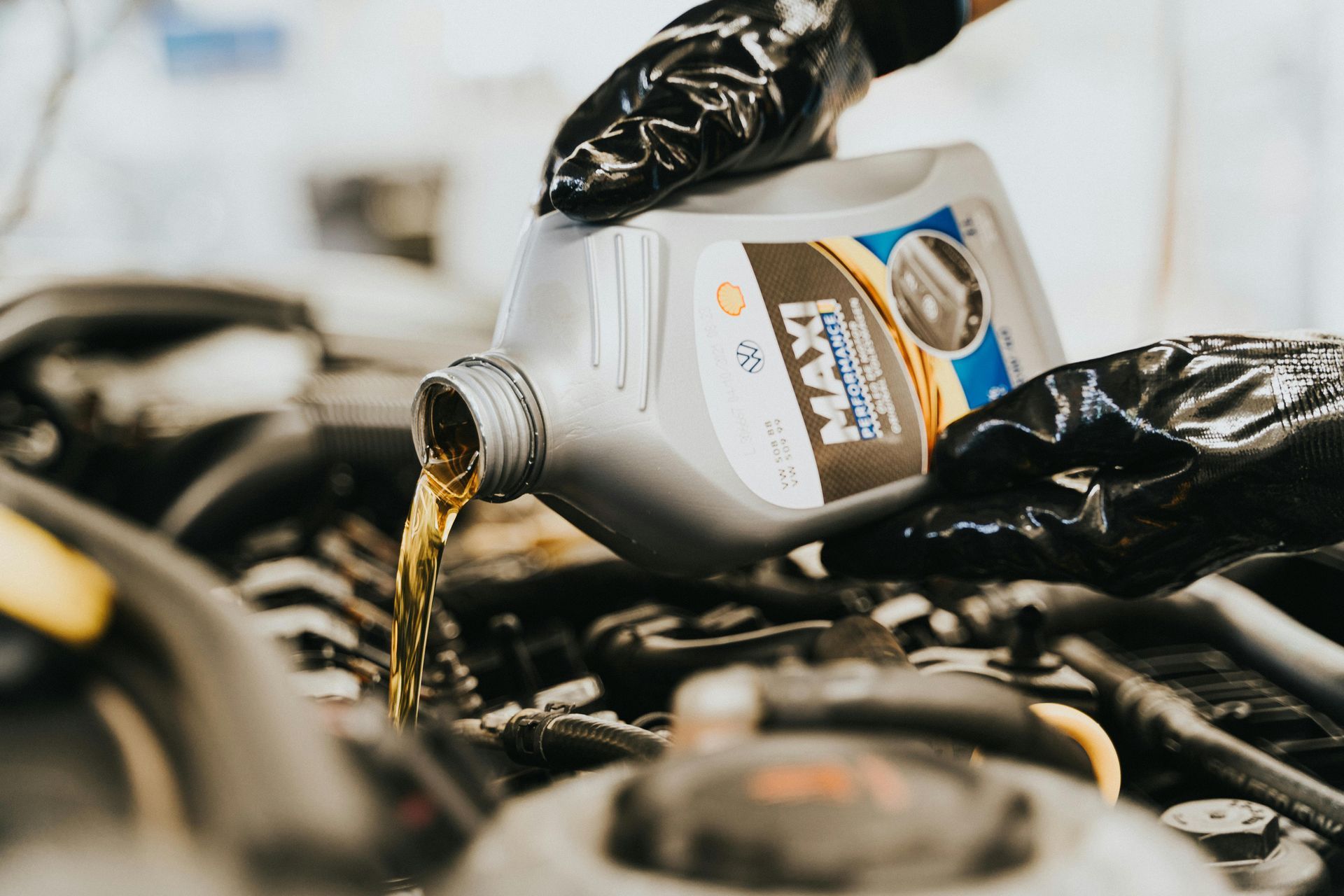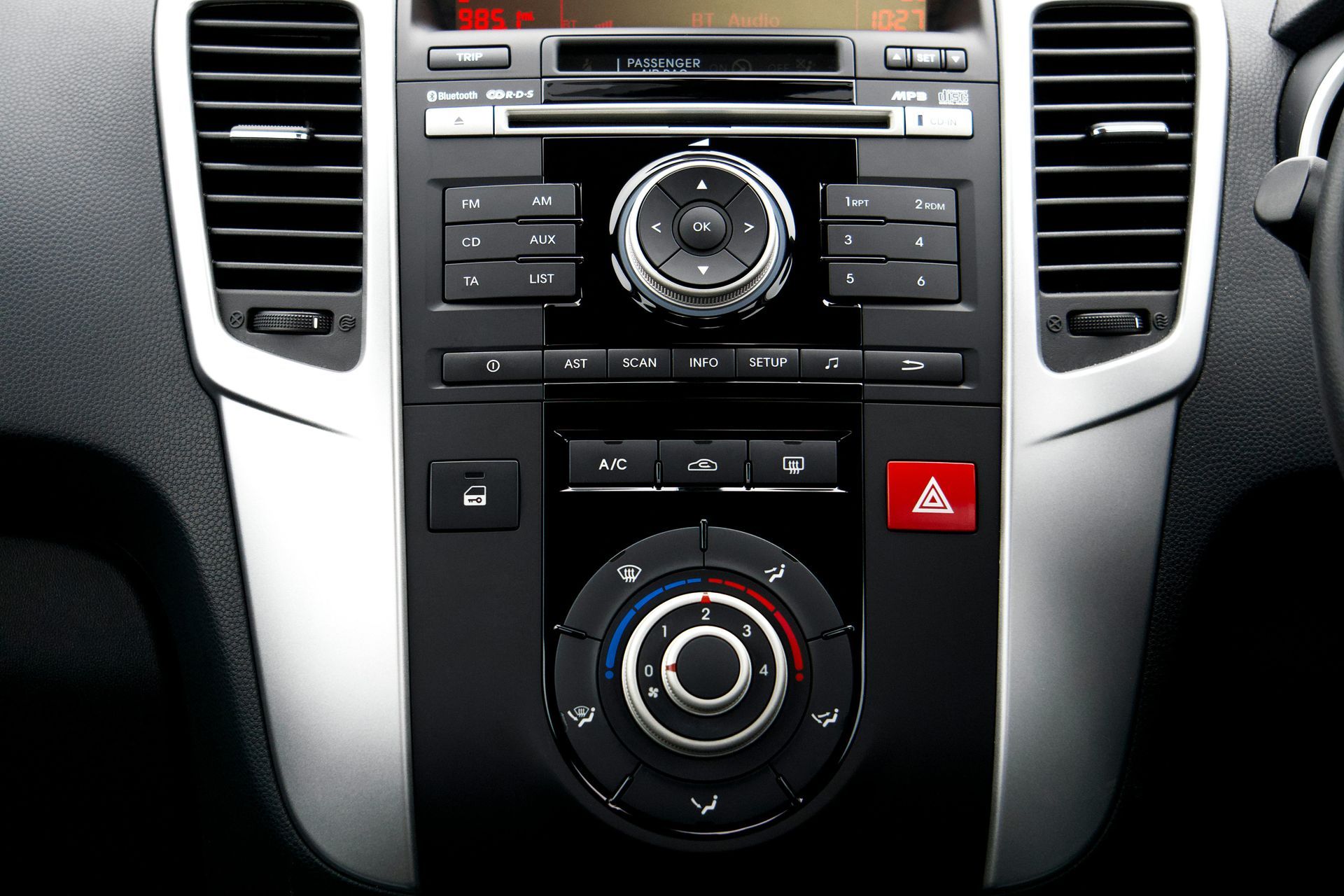By Colton Jones
•
August 6, 2025
August is winding down, and the reality of back-to-school season is hitting Salt Lake City families. Whether you're sending a teenager off to their first year of driving to high school or watching your college student pack up for another semester at the University of Utah, Utah State, or Westminster College, one thing is certain: their vehicle needs to be ready for the road ahead. The transition from summer to fall in Salt Lake City brings unique challenges for drivers. Temperature swings, changing weather patterns, and increased driving demands make this the perfect time to give your family's vehicles some attention. Here's your complete guide to getting cars ready for the school year. Why Back-to-School Maintenance Matters in Salt Lake City Salt Lake City's climate puts vehicles through a lot. After months of extreme summer heat that can exceed 100 degrees, cars face the approaching challenge of mountain snow, temperature drops, and increased daily use as students return to regular schedules. College students driving between campuses, dorms, and home face additional challenges. Routes like I-15 to Utah State in Logan or trips up to the University of Utah involve elevation changes and mountain driving that demand reliable vehicles. High school students are often new drivers who may not recognize warning signs of car trouble. A well-maintained vehicle gives parents peace of mind and keeps young drivers safe on busy roads like State Street and Redwood Road. Start with the Basics: Fluids and Filters Oil changes become even more critical as driving patterns change. Summer's stop-and-go traffic around malls and recreational areas shifts to daily school commutes, often in cooler morning temperatures that make engines work differently. Coolant system checks are essential before temperatures drop. Salt Lake's wide temperature swings—from 90-degree September days to potential October snow—mean your cooling system needs to handle both extremes effectively. Air filter replacement is particularly important in our dusty environment. The dry conditions around Salt Lake Valley mean air filters get dirty faster than in more humid climates. A clean filter improves gas mileage, which matters when you're filling up a teenager's tank regularly. Battery and Charging System Health Car batteries face serious stress during Salt Lake's seasonal transitions. The extreme heat of summer weakens batteries, while the cold mornings ahead will test their remaining strength. Battery terminal cleaning should be done now, before corrosion becomes a bigger problem. The white, powdery buildup around battery posts is common in our dry climate and reduces electrical efficiency. Charging system testing helps identify alternator problems before they leave your student stranded in a campus parking lot. A failing alternator might work fine in summer heat but struggle when temperatures drop. Tire Safety for School Season With increased daily driving and changing weather conditions, tire safety becomes critical for back-to-school season. Tread depth checks are especially important for students who might encounter early snow on mountain routes. Utah's weather can change quickly, and bald tires on I-80 heading toward Park City or I-15 toward Provo can be dangerous. Tire pressure monitoring needs to account for temperature changes. As morning temperatures start dropping into the 40s and 50s in September and October, tire pressure decreases. Check pressure when tires are cool, preferably before the day's first drive. Spare tire inspection often gets overlooked until it's needed. Make sure your spare is properly inflated and that you have all necessary tools for changing a tire. Brake System Evaluation School zones, campus parking, and increased stop-and-go traffic put extra demands on brake systems. Brake pad thickness should be checked before the school year begins. Thin pads can become dangerous quickly, especially with the increased braking demands of school-zone driving and campus traffic. Brake fluid condition affects stopping power and system longevity. Old, contaminated brake fluid can lead to brake failure, which is particularly dangerous in school zones and busy campus areas. Heating and Defrosting Systems While it might seem early to think about heating systems in August, Salt Lake City's weather can change rapidly. October and November can bring sudden temperature drops and even snow. Heater core function should be tested before you need it. A failed heater core not only leaves you cold but can also prevent proper windshield defrosting, creating dangerous visibility issues. Cabin air filters need special attention in our dusty environment. A clogged filter reduces heating and cooling efficiency while also affecting air quality inside the vehicle. Lights and Electrical Systems Shorter days are coming, which means more driving in low-light conditions. Headlight brightness and alignment become more important as daylight hours decrease. Cloudy or misaligned headlights reduce visibility and can be dangerous on mountain roads or during morning commutes. Turn signal and brake light function should be checked regularly. Other drivers need to see your intentions clearly, especially in busy school zones and campus areas. Emergency Preparedness Salt Lake City's mountain proximity and changing weather patterns make emergency preparedness essential. Emergency kit updates should include items specific to our climate: extra water, blankets, basic tools, jumper cables, and a flashlight. Cell service can be spotty in some mountain areas around Salt Lake. Roadside assistance information should be easily accessible. Make sure students know who to call and have important phone numbers programmed into their phones. Budget-Friendly Maintenance Tips for Students Preventive maintenance costs less than emergency repairs. Regular oil changes and fluid checks can prevent expensive engine damage that college budgets can't handle. Group maintenance can save money. Parents with multiple vehicles can often get discounts for servicing several cars at once. Maintenance scheduling around semester breaks can be more cost-effective and convenient than emergency repairs during busy school periods. When to Seek Professional Help Some maintenance tasks are perfect for DIY, but others require professional expertise. Have a qualified mechanic inspect your vehicle if you notice unusual noises, warning lights, changes in performance, or if it's been more than six months since the last comprehensive inspection. Pre-winter inspections are particularly valuable in Salt Lake City, where weather can change from pleasant to challenging in a matter of hours. Get School-Ready with Professional Service Don't let car trouble disrupt your family's school year. At Jones Complete Car Care, our ASE-certified technicians specialize in comprehensive vehicle inspections that catch problems before they become costly repairs. From basic maintenance to complete system checks, we'll make sure your student's vehicle is ready for whatever the school year brings. With three convenient locations in Salt Lake City, Taylorsville, and Clearfield, we're here to help busy families keep their vehicles running safely and reliably. Call our Salt Lake City location at 801-269-0111 or visit us at 4621 South 900 East to schedule your back-to-school vehicle inspection today. Give yourself peace of mind and your student a safe, reliable ride to start the school year right.













